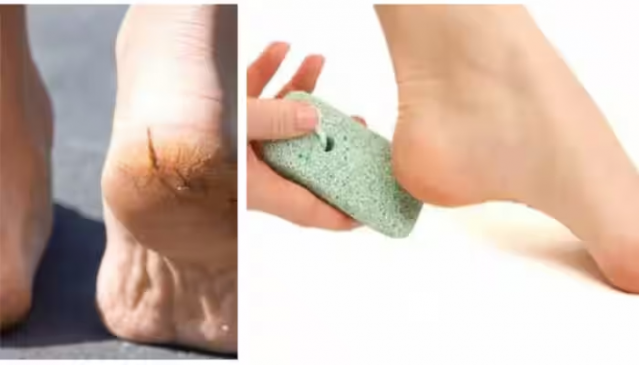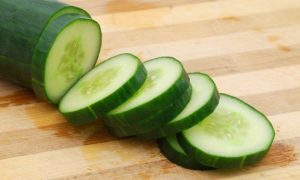Dry skin is common in winter and to have cracked heels can be painful and uncomfortable. And while it is easy to cover your body if you have dry skin it is embarrassing to remove your shoes when in public for any reason. So we bring you some tips and tricks to fix and cure cracked heels during winter time.
Moisturize cracked heels: The sides, heels, and areas in between the toes of the foot frequently develop dry skin. It could cause tightness, itchiness, and even discomfort in the affected area. Even while it could annoy you, this rarely has negative effects. Simple foot soaks, moisturisers, and regular exfoliation can help to eliminate areas of dead skin and reduce dry skin on the feet.
Read More: Shattila Ekadashi 2023: Know all about the puja rituals and its importance
Cracked heels in general are a common problem that many of us face and are often ignored to the extent of discomfort and pain. Let’s take a look at the causes and treatment of dry, cracked skin on the feet here.
Causes of cracked heels
1. Lack of natural moisture
2. Irritation caused due to standing too long or wearing poorly fitted shoes.
3. Heat and humidity caused when wearing closed shoes like sneakers and boots can create a humid environment for your feet.
4. Harsh soaps too can cause cracks in heels due to the harsh chemicals or irritants.
5. Certain medications too can cause dry skin on your feet.
There are certain medical reasons for developing dry and cracked heels. Conditions and diseases like eczema, psoriasis, hypothyroidism and diabetes can all contribute to dry skin on the feet.
A step-by-step guide to treating cracked heels at home
1. Exfoliate
Exfoliation includes using a physical or chemical exfoliant to remove the skin’s outermost layer of dead cells. You can buy foot scrubs or make your own at home by combining sugar, honey, and warm water. People can use chemical exfoliators that are labelled as being suitable for facial application for a gentle foot peel.
2. Feet soak
Warm water soaks soothes and helps to soften dry skin while improving blood flow to the feet, which can help prevent future dry skin. A foot soak with a small amount of vinegar may be used to treat mild cases of athlete’s foot. The strong antibacterial qualities of vinegar may assist to clean the feet and even get rid of foot odour.
3. Foot file or pumice stone
To get rid of dry skin on the feet, you can use a pumice stone or metal foot file. To remove the dead skin, soak the feet in warm water, then wet the pumice stone or foot file. Use a pumice stone or foot file to gently exfoliate the dead skin.
4. Moisturize
Regular foot moisturising can help to soothe preexisting dry skin and stop new dry skin from developing. After using a pumice stone or an exfoliator, moisturising the feet will help the skin retain moisture. It is better to stay away from lotions, creams, and moisturisers that contain alcohol, additional scents, and artificial colours.
5. Wear gel-lined socks to bed
One can consider wearing moisturising gel-lined socks for extra hydration. These can be made at home or purchased online. You can achieve comparable benefits by using your regular moisturiser and a good set of cotton socks that are breathable.
So practice proper foot hygiene and clean your feet thoroughly and use warm and not hot water baths or foot soaks and always wear shoes that are your size! Consult a specialist in case the condition gets worse and there is too much pain and discomfort.



































